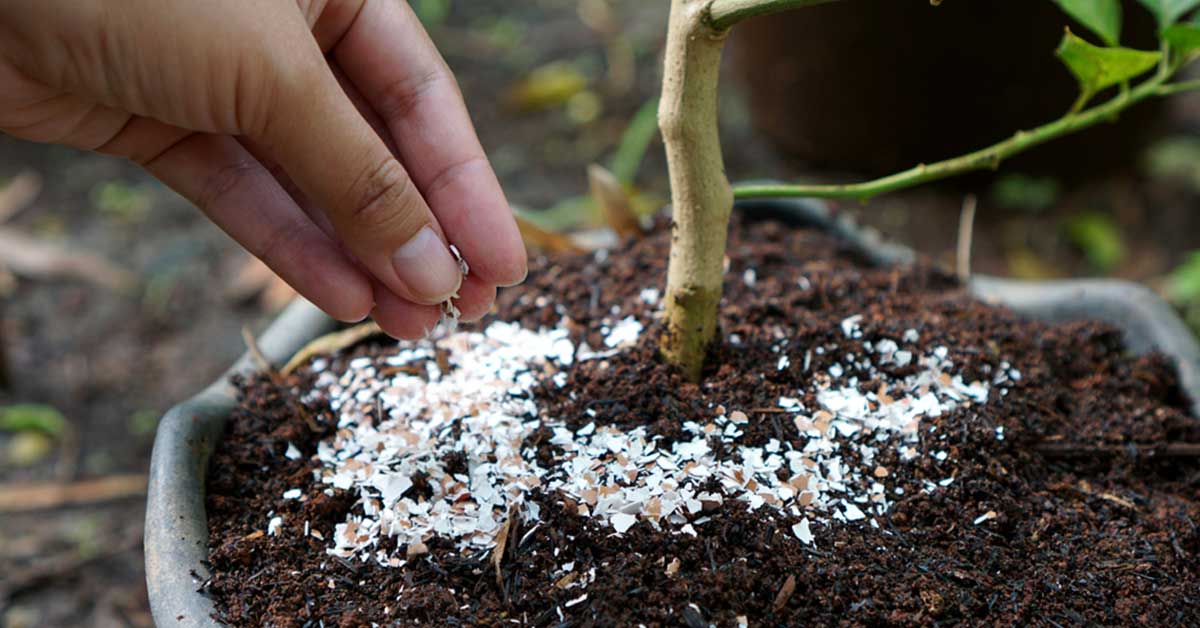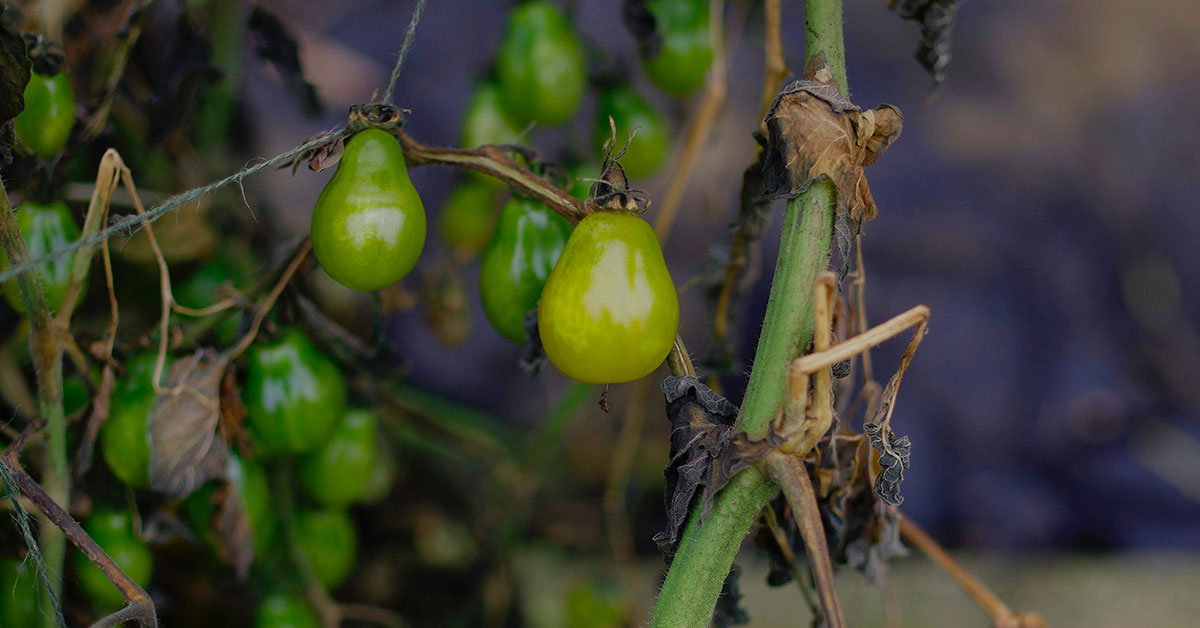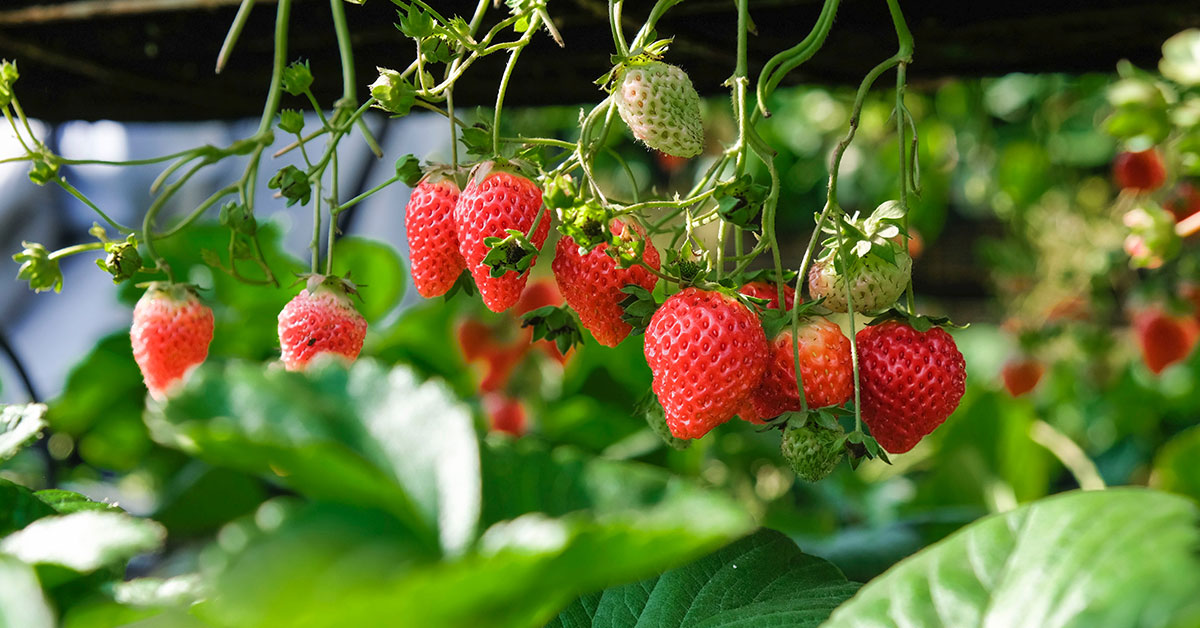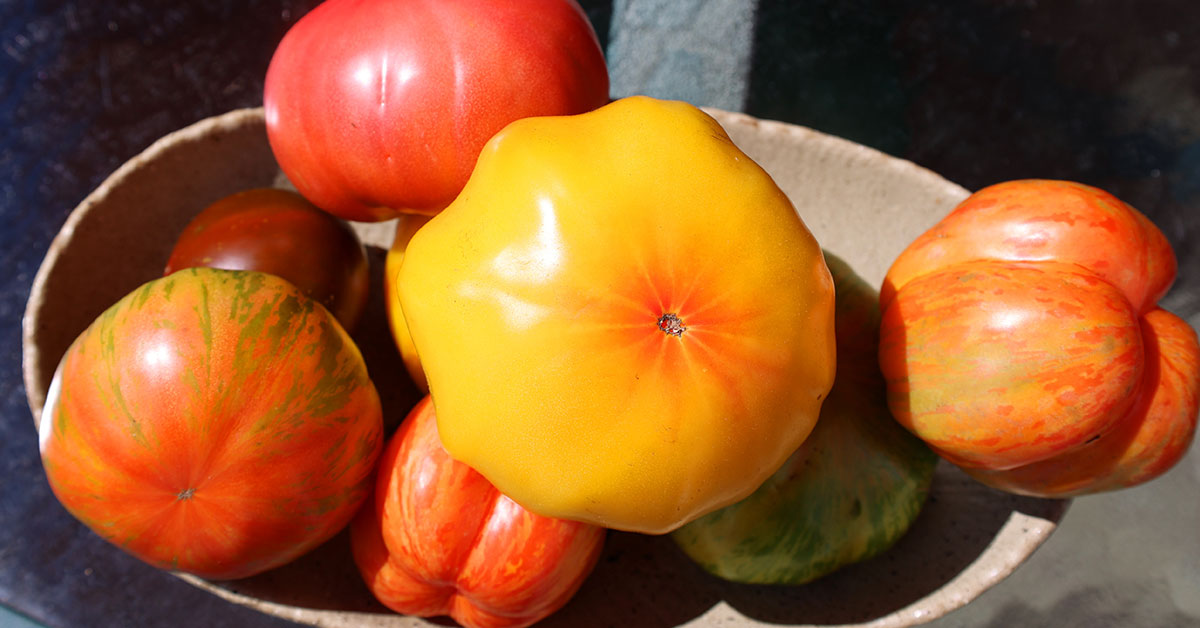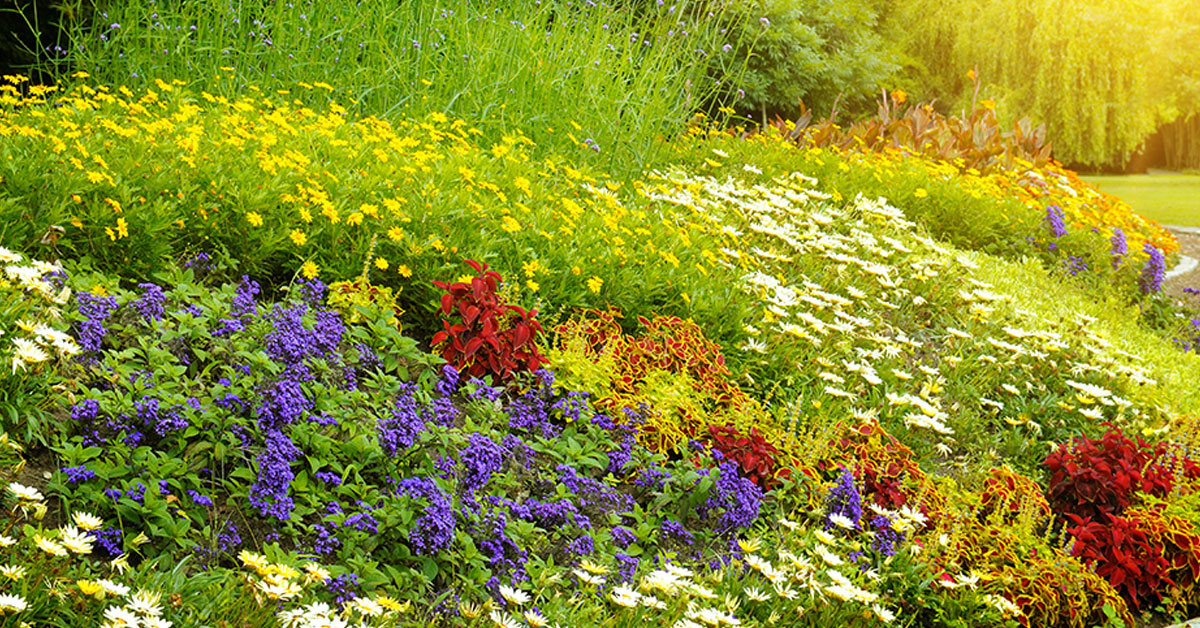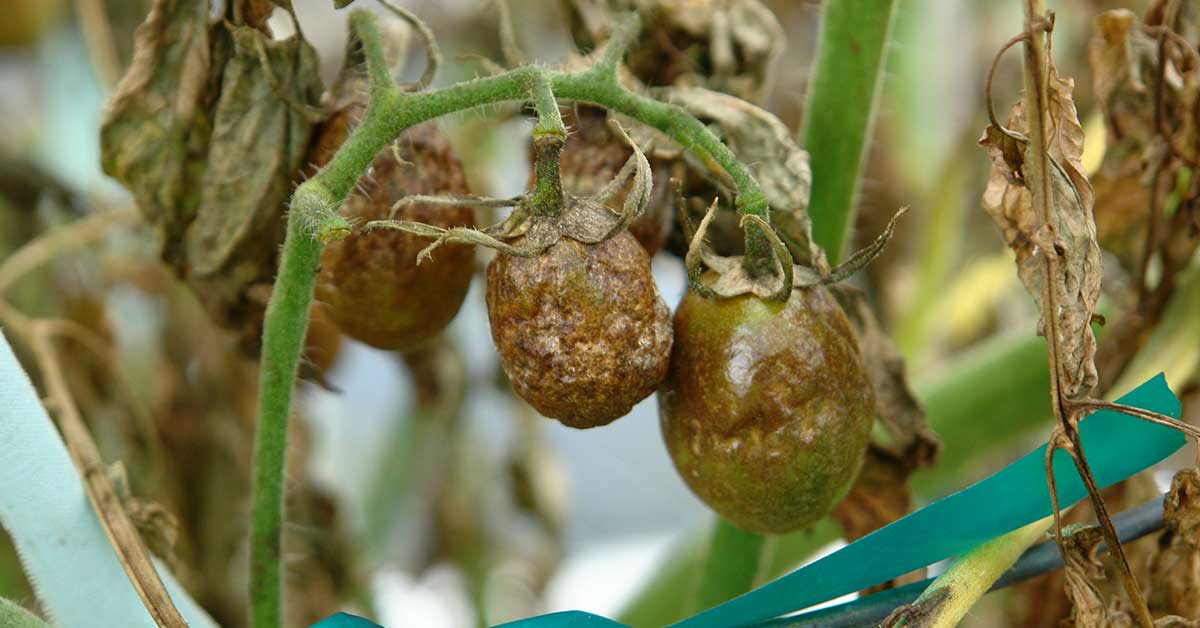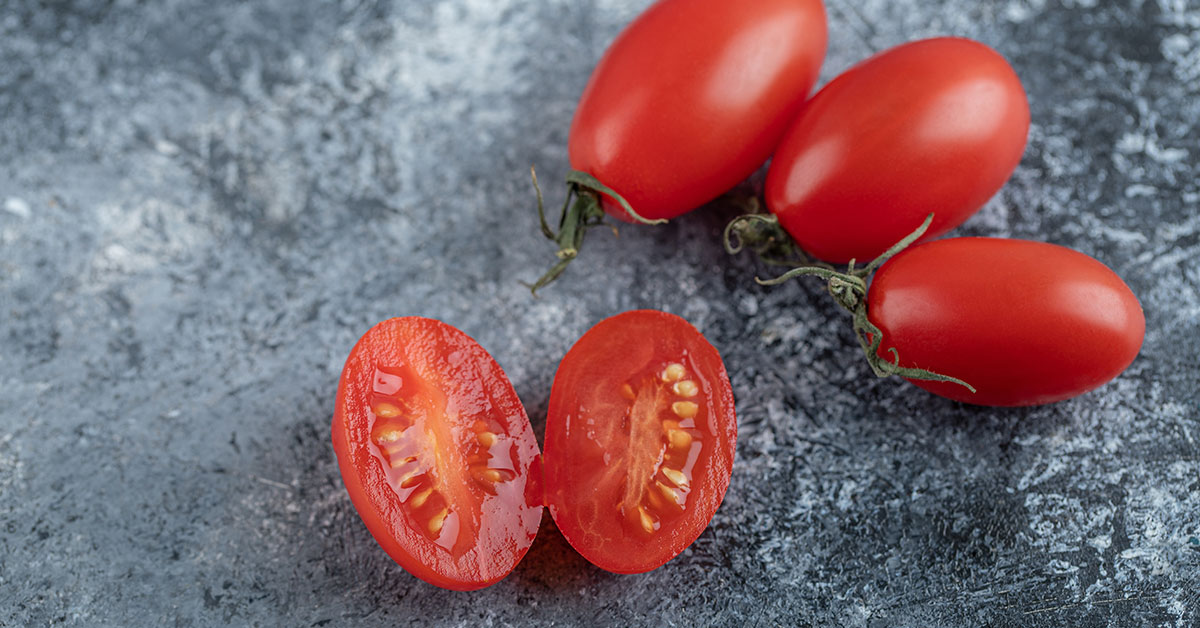Growing tomatoes can be one of the most rewarding experiences in the garden. There’s nothing quite like biting into a juicy, sun-ripened tomato that you’ve nurtured from a tiny seedling! However, tomatoes can be a bit finicky and are susceptible to various problems if not cared for properly. Understanding common mistakes and how to avoid them can significantly increase your chances of a successful and bountiful tomato harvest.
In this article, I’m excited to share ten common mistakes to avoid when growing tomatoes. These insights will help you navigate the challenges and ensure your tomato plants thrive. Whether you’re a seasoned gardener or just starting, these tips will enhance your tomato-growing experience. Let’s dive in and set your garden up for success!
Planting Tomatoes Too Early

One of the most common mistakes gardeners make is planting tomatoes too early in the season. Tomatoes are warm-weather plants and need soil temperatures to be consistently above 60°F to thrive. Planting them too early can expose them to cold stress, which can stunt their growth or even kill young plants.
Wait until the last frost date has passed and the soil has warmed up before planting your tomatoes. If you’re eager to get a head start, you can warm the soil by covering it with black plastic a few weeks before planting. This helps create an ideal environment for your tomatoes to flourish from the get-go!
Not Hardening Off Seedlings
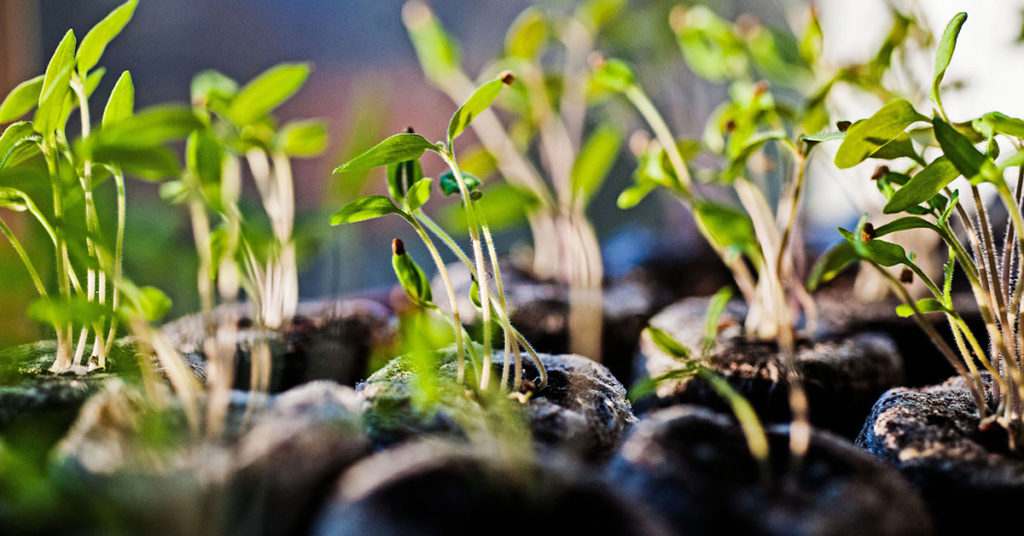
Hardening off seedlings is a crucial step that many gardeners overlook. This process involves gradually acclimating young plants to outdoor conditions to prevent transplant shock. Directly moving seedlings from a controlled indoor environment to the garden can cause them to wilt or suffer from sunburn and wind damage.
To harden off your seedlings, start by placing them outside in a sheltered, shady spot for a few hours a day, gradually increasing their exposure to sunlight and wind over 7-10 days. This helps the plants build resilience and adapt to the outdoor environment, setting them up for a strong start in the garden!
Overcrowding Plants
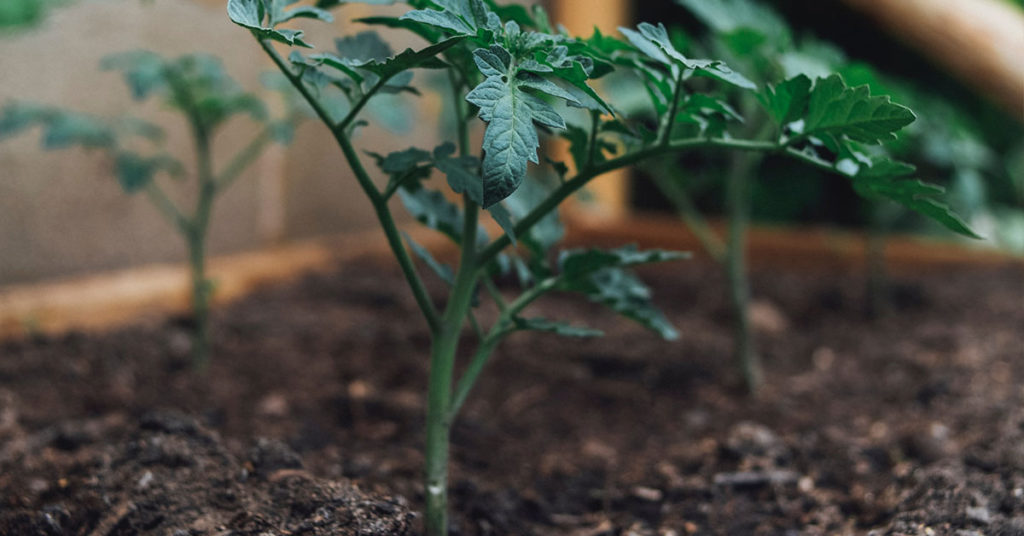
Tomatoes need plenty of space to grow and develop properly. Overcrowding your tomato plants can lead to poor air circulation, increasing the risk of diseases such as blight and powdery mildew. It also makes it harder for the plants to access the nutrients and water they need to thrive.
Ensure you space your tomato plants at least 18-24 inches apart, depending on the variety. This allows for adequate air circulation and room for the plants to grow. If you’re planting in containers, use one plant per container to give each one enough space to develop a healthy root system. Proper spacing is key to healthy, productive tomato plants!
Poor Soil Preparation
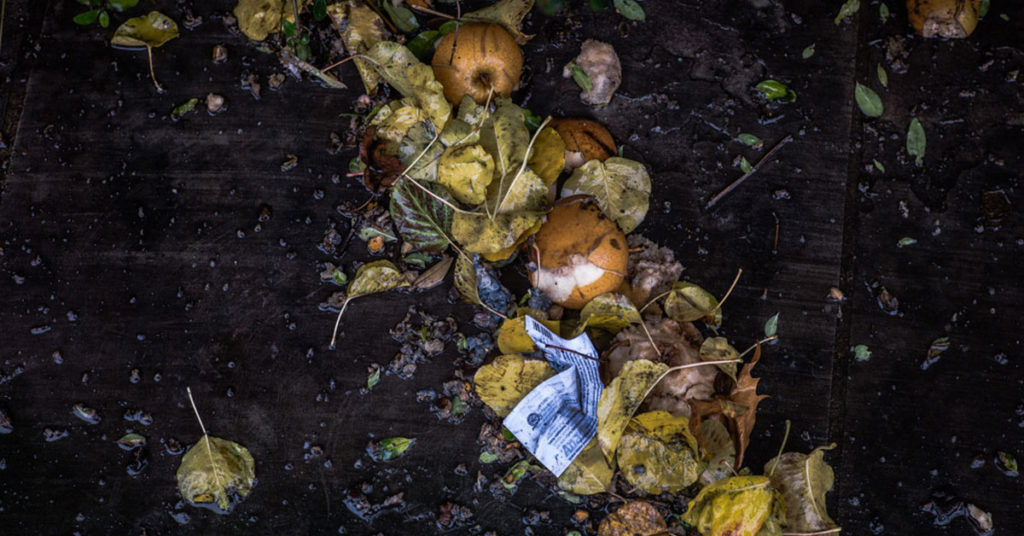
Tomatoes are heavy feeders and need nutrient-rich soil to produce well. Planting tomatoes in poor or unprepared soil can lead to weak plants and a disappointing harvest. It’s essential to enrich your soil with organic matter and ensure it’s well-drained before planting.
Before planting, work compost or well-rotted manure into the soil to improve its fertility and structure. You can also add a balanced fertilizer to provide essential nutrients. One of my favorite practices is to incorporate a handful of crushed eggshells into the planting hole to add calcium, which helps prevent blossom end rot. Healthy soil leads to healthy plants!
Inconsistent Watering
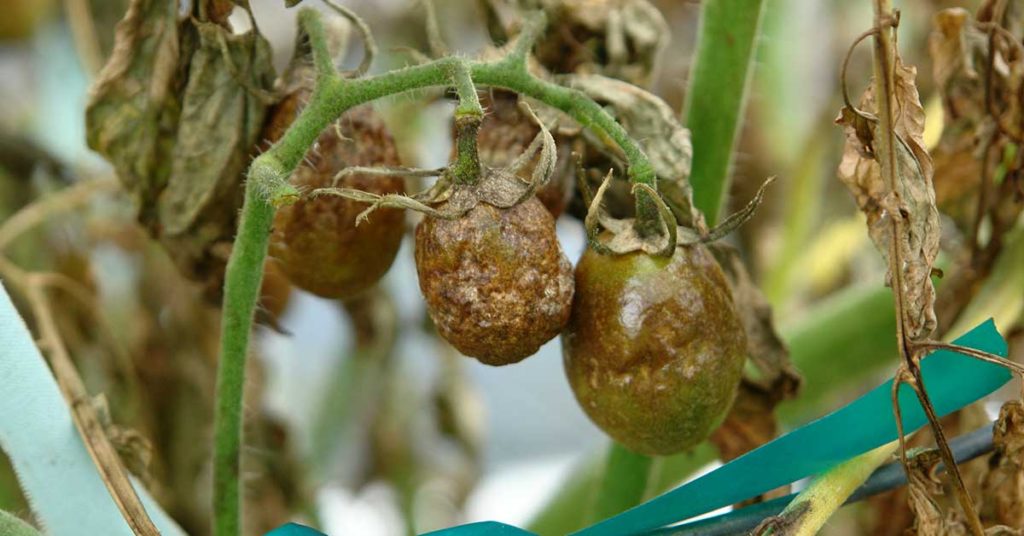
Tomatoes need consistent moisture to grow well, but overwatering or underwatering can cause problems. Inconsistent watering can lead to issues such as blossom end rot, splitting, and stressed plants that are more susceptible to diseases.
Water your tomatoes deeply and regularly, aiming for about 1-2 inches of water per week, depending on the weather and soil conditions. Mulching around the plants helps retain moisture and reduces the risk of water fluctuations. A soaker hose or drip irrigation system can provide consistent moisture directly to the roots, ensuring your tomatoes stay healthy and productive!
Neglecting Mulching
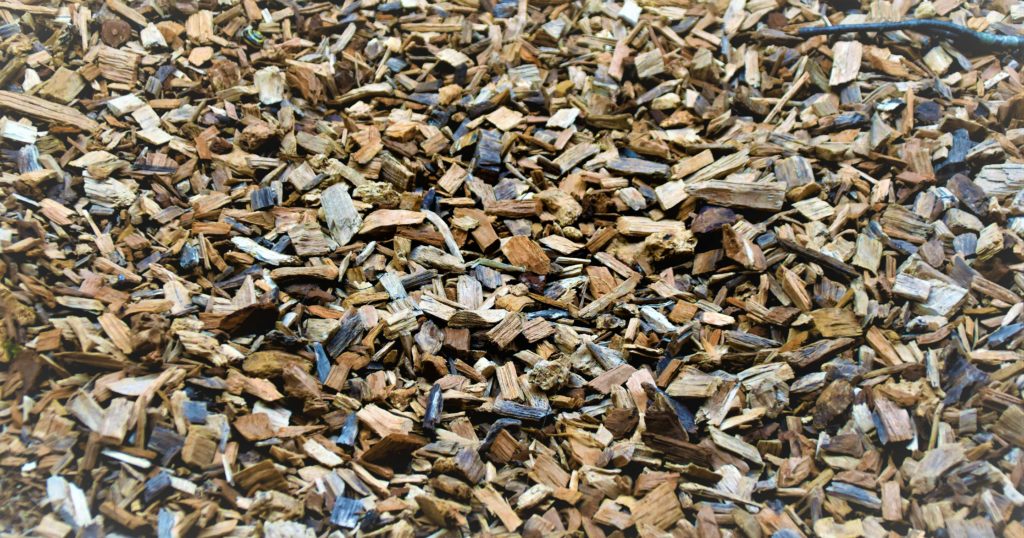
Mulching is a simple yet highly effective practice that many gardeners overlook. Mulch helps retain soil moisture, regulate soil temperature, and suppress weeds. It also prevents soil from splashing onto the leaves, reducing the risk of soil-borne diseases.
Apply a 2-4 inch layer of organic mulch, such as straw, shredded leaves, or grass clippings, around your tomato plants. Be sure to keep the mulch away from the stem to prevent rot. One of my favorite benefits of mulching is that it also enriches the soil as it breaks down, providing a slow-release source of nutrients for your plants!
Not Pruning Properly
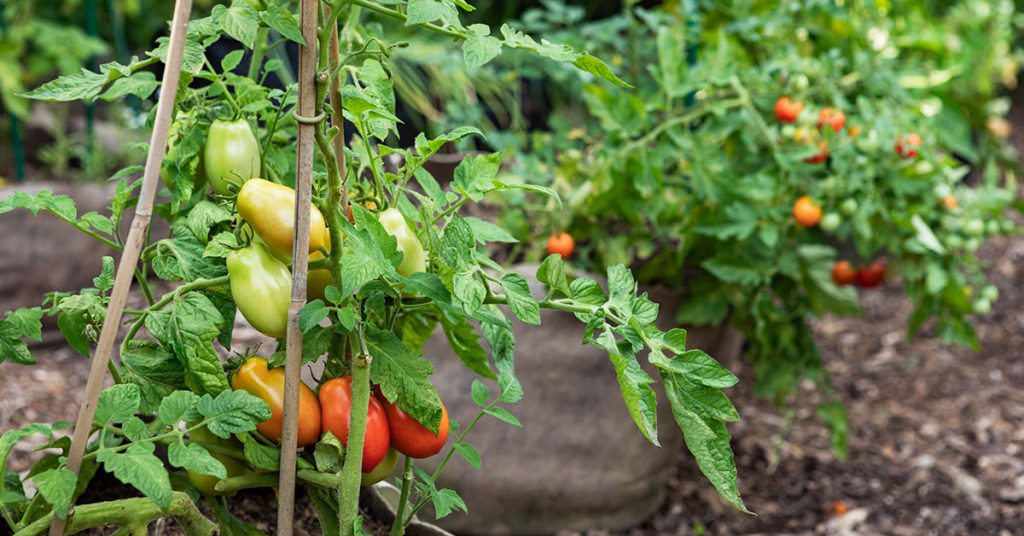
Pruning tomato plants can improve air circulation, reduce disease risk, and encourage more productive fruiting. However, improper pruning or neglecting to prune can lead to overly dense foliage and reduced yields.
Remove the suckers that grow between the main stem and the branches to focus the plant’s energy on producing fruit. Be careful not to over-prune, as the leaves are essential for photosynthesis. Pruning indeterminate varieties is particularly important to keep the plants manageable and productive. Pruning is an art that, when done correctly, leads to healthier and more fruitful plants!
Ignoring Pest and Disease Management
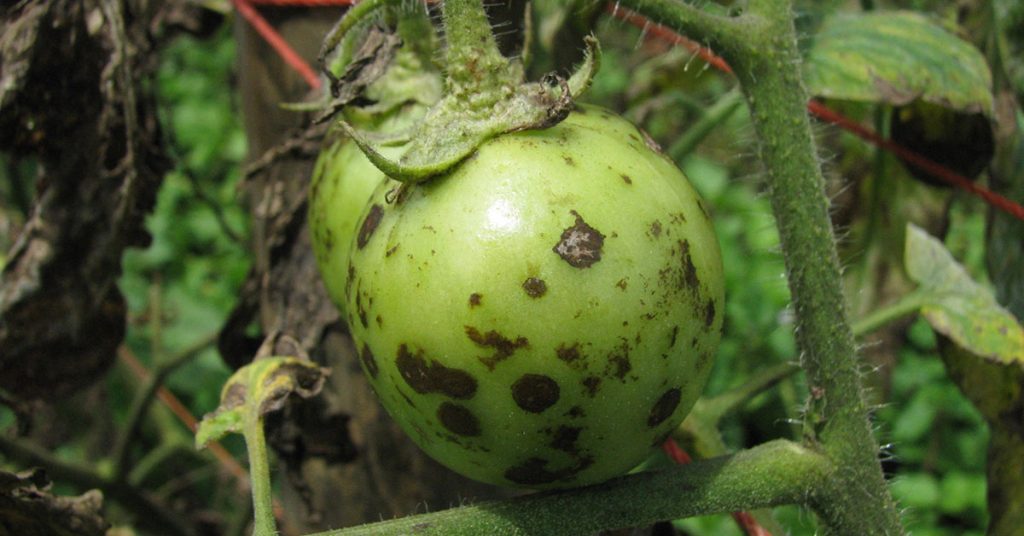
Tomatoes are susceptible to various pests and diseases, and neglecting to manage these problems can lead to significant damage. Common pests include aphids, hornworms, and whiteflies, while diseases such as blight, fusarium wilt, and mosaic virus can devastate plants.
Regularly inspect your plants for signs of pests and diseases. Use organic pest control methods such as neem oil, insecticidal soap, or beneficial insects like ladybugs to manage pests. For disease prevention, practice crop rotation, avoid overhead watering, and remove any infected plant material promptly. Staying vigilant helps keep your tomato plants healthy and productive!
Failing to Support Plants
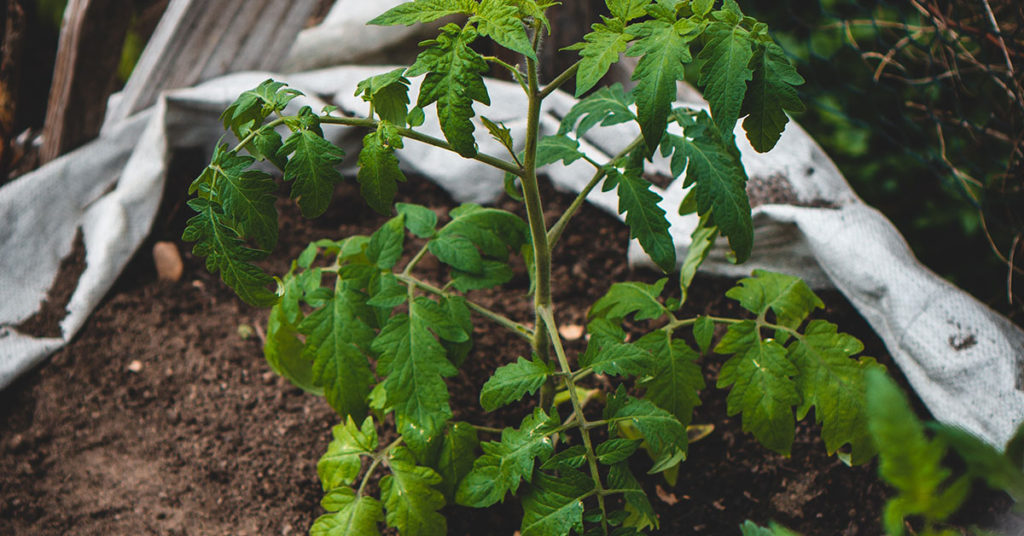
Tomato plants, especially indeterminate varieties, need support to keep their branches and fruit off the ground. Without proper support, the plants can become damaged, and the fruit may rot or get eaten by pests.
Use stakes, cages, or trellises to support your tomato plants. Install the supports at the time of planting to avoid damaging the roots later. Tie the plants to the supports with soft ties or garden twine to prevent damage. Providing adequate support keeps your plants upright, healthy, and makes harvesting easier!
Harvesting Too Late
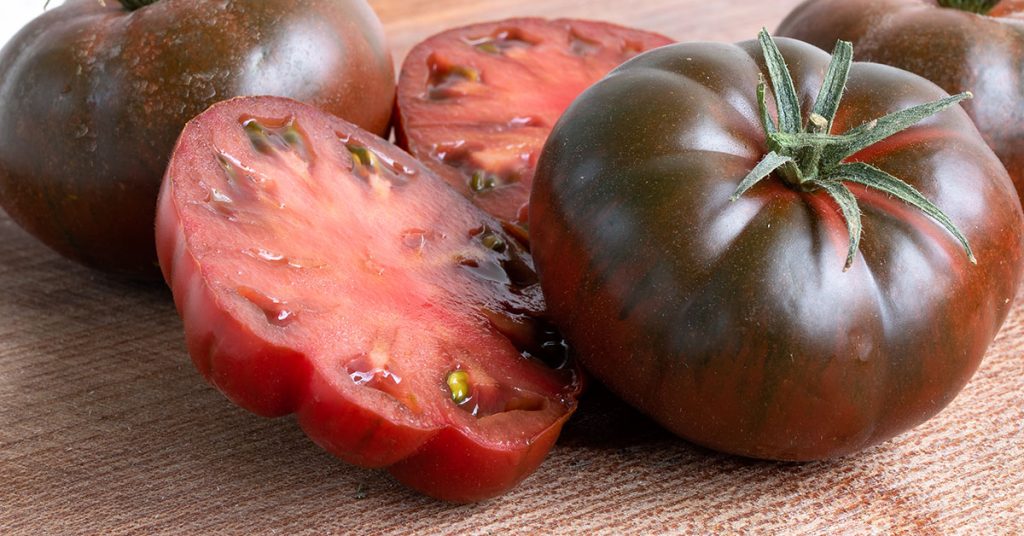
Timing is crucial when it comes to harvesting tomatoes. Leaving tomatoes on the vine for too long can lead to overripe, mushy fruits that are prone to splitting and pest damage. It’s important to pick tomatoes at the right time to enjoy their best flavor and texture.
Harvest tomatoes when they are fully colored and slightly firm to the touch. For most varieties, this means picking them when they are a rich red, yellow, or whatever color the variety is supposed to be. If you’re unsure, a gentle tug should release the tomato from the vine easily. Harvesting regularly encourages the plant to produce more fruit and keeps your harvest fresh and delicious!
By avoiding these common mistakes, you can enjoy a successful and bountiful tomato harvest. Each tip helps create a healthier growing environment for your plants, leading to vibrant, productive tomatoes.
Happy gardening and enjoy those homegrown tomatoes!




